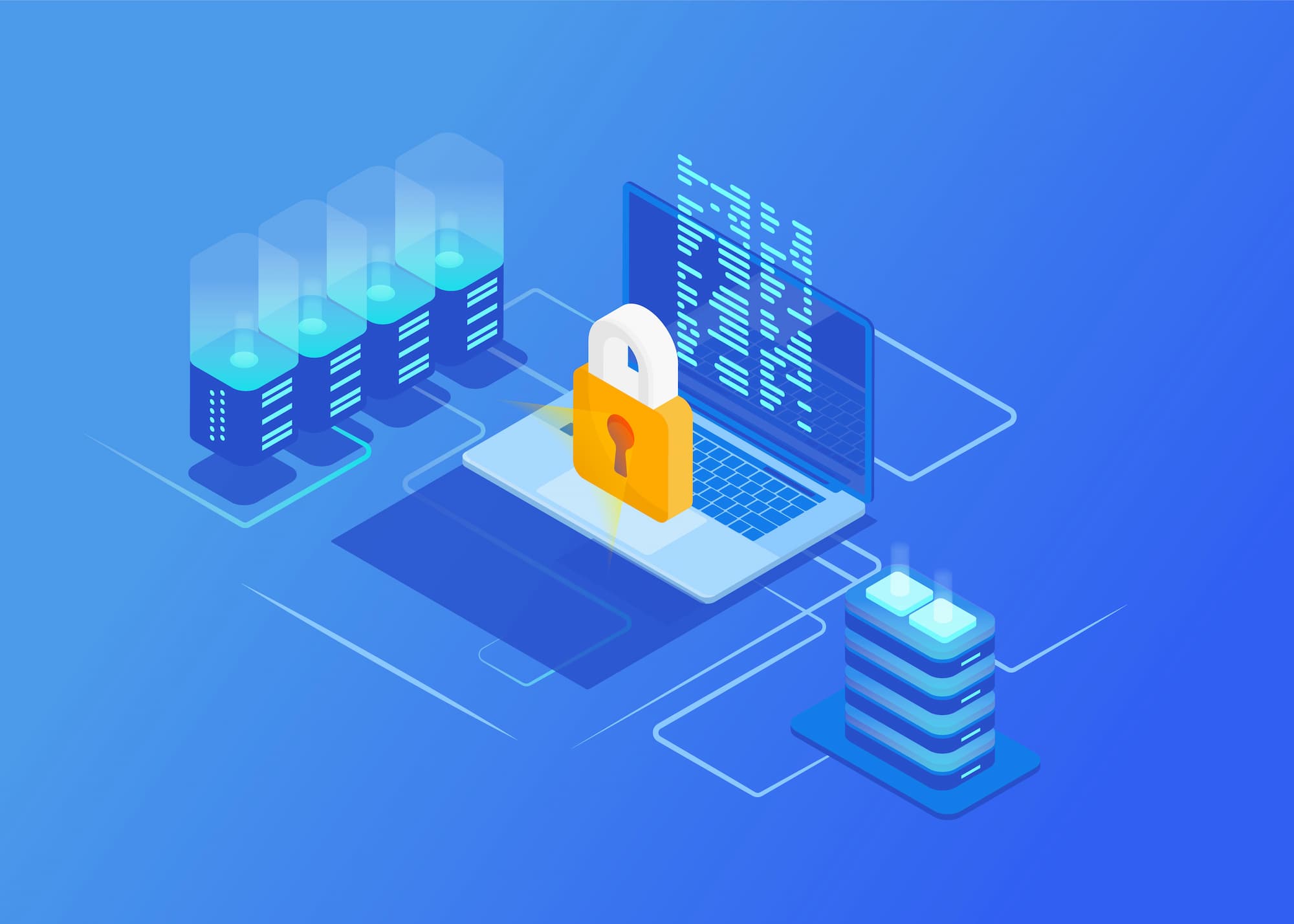
The Criticality of Cybersecurity Integration
For many businesses, cybersecurity is an abstraction that exists in the virtual world. Visualizing its impact in the physical realm can be difficult, making it easier to undervalue its importance.
Unfortunately, the recent Colonial Pipeline ransomware attack demonstrated how the virtual world can have a very real impact on the physical. If you turned on the news that day, you likely saw cars lined up for miles waiting to get gas. People were filling portable containers with gasoline to ensure they didn't run out of fuel. The US government even waived transport restrictions for truckers and railways to allow gas to be delivered. At that moment, the criticality of cybersecurity was obvious.
Most organizations approach cybersecurity as an add-on to their existing digital infrastructure. They put in firewalls and scan emails to keep bad actors out.
As cybercriminals become more sophisticated, though, companies must add to their defenses. And every tool increases a system's complexity until the infrastructure is a patchwork of solutions.
“When businesses have a security incident, the cause is rarely a single point of failure,” explains Alan Hendricks, Senior Director of Cybersecurity Practice at DMI. “It’s often multiple, interconnected factors. Which means you can’t just fix one thing and solve the problem.”
For maximum protection, organizations need an enterprise view of their cybersecurity to ensure all of their solutions are integrated.
Security by Design
When companies move into new offices, they install security systems. They hire security firms to assess the space, so all access points are monitored. Organizations put in access control systems to restrict those who can enter the premises and protect high-value assets. They ensure that a comprehensive security plan is designed before they move into their new building.
The same level of risk assessment is rarely applied when it comes to cybersecurity integration. Cyber risk management is often thought of as a separate entity and not integrated into the infrastructure's design. But, at DMI, we believe it should be part of your overall business risk management strategy.
“There are many things you need to factor in,” Hendricks says. “For example, you have to address protection measures — things that prevent a cybersecurity incident from occurring. You also need resilience measures, which minimize impact and maximize recovery. That’s just one aspect, though. You have to approach cybersecurity from a defense-in-depth mindset.”
There are a variety of systems that need to be considered — both digital and non-digital — including:
- Perimeter Security
- Network Security
- Endpoint Security
- Application Security
- Data Security
- Personnel Security
- Physical Security
“When you lack integration across these different areas, you end up with security gaps,” Hendricks says. These tools and technologies must be able to work together.
Lack of cybersecurity integration not only weakens defenses, but it also increases costs. Redundant tools are purchased. IT spends hours trying to lock down remote access, only to have employees working from unsecured home networks. If a successful cyberattack occurs, then critical systems and operations may be disrupted — which can have both direct fiscal costs as well as intangible losses, such as brand reputation and employee distrust.
Integrating Your Cybersecurity Practices
Businesses have to know what they have before they can decide how to protect it. So, the first step is to identify existing cybersecurity efforts. That means diagramming the physical network as well as the location of digital assets.
Once the inventory is complete, organizations should perform a risk assessment. This assessment should involve the following:
- Establish the risk associated with each digital asset. For example, the loss of customers' personal identifying information can result in penalties and fines. Loss of operational documents could impact productivity until they are replaced. Both have an impact, but the first example has more risk associated with it than the second.
- Determine how to protect assets. There's no bullet-proof way to protect against a cyberattack; however, there are ways to construct a network to minimize the impact. By listing options, businesses can identify resources that can help protect multiple assets. Minimizing the number of tools can reduce a system's complexity.
- Create a cyber risk management program. Cybercriminals never sleep. There are always hackers trying to discover better ways to compromise a system. Risk management programs ensure that organizations deploy the best tools to protect them from a successful cyberattack.
Most companies approach cybersecurity in a linear fashion, moving through Step A before moving to Step B. DMI has a different approach to cybersecurity integration.
DMI's Cybersecurity Integration Process
As companies digitize more processes, they increase the attack surface available to hackers. Revisit your cybersecurity plan frequently to ensure that the infrastructure is still secure.
“Think about the end state, “Hendricks adds. “Imagine the ‘ideal’ infrastructure and then work backwards from there. No organization can achieve perfection but, when you know what ‘perfect’ looks like, you can make better business decisions and get as close as you can with the limited resources you have available.”
DMI helps organizations design cybersecurity programs that align with their overall digital strategy and risk management plan. We help businesses conduct risk assessments and identify vulnerabilities to achieve total integration.
A cybersecurity plan is not a one-size-fits-all, so our solutions are tailored to each organization's unique needs. We work with clients to build an integrated cybersecurity structure that contributes to digital optimization, transformation and innovation.
As a vendor-neutral firm, DMI serves as an independent resource for finding the most appropriate solutions for our clients. No matter where your organization is in its digital journey, we strive to help you become a more intelligent, agile and resilient enterprise.
If you're interested in integrating your business and cybersecurity strategies, let us know. Our cybersecurity expertise includes risk management, protection, detection, recovery and response.
